Foodscaping is the Sustainable Garden Trend Making Any Space Both Beautiful and Productive - Experts Reveal How to Create it in Your Own Yard
Discover the many benefits of mixing edible and ornamental plants
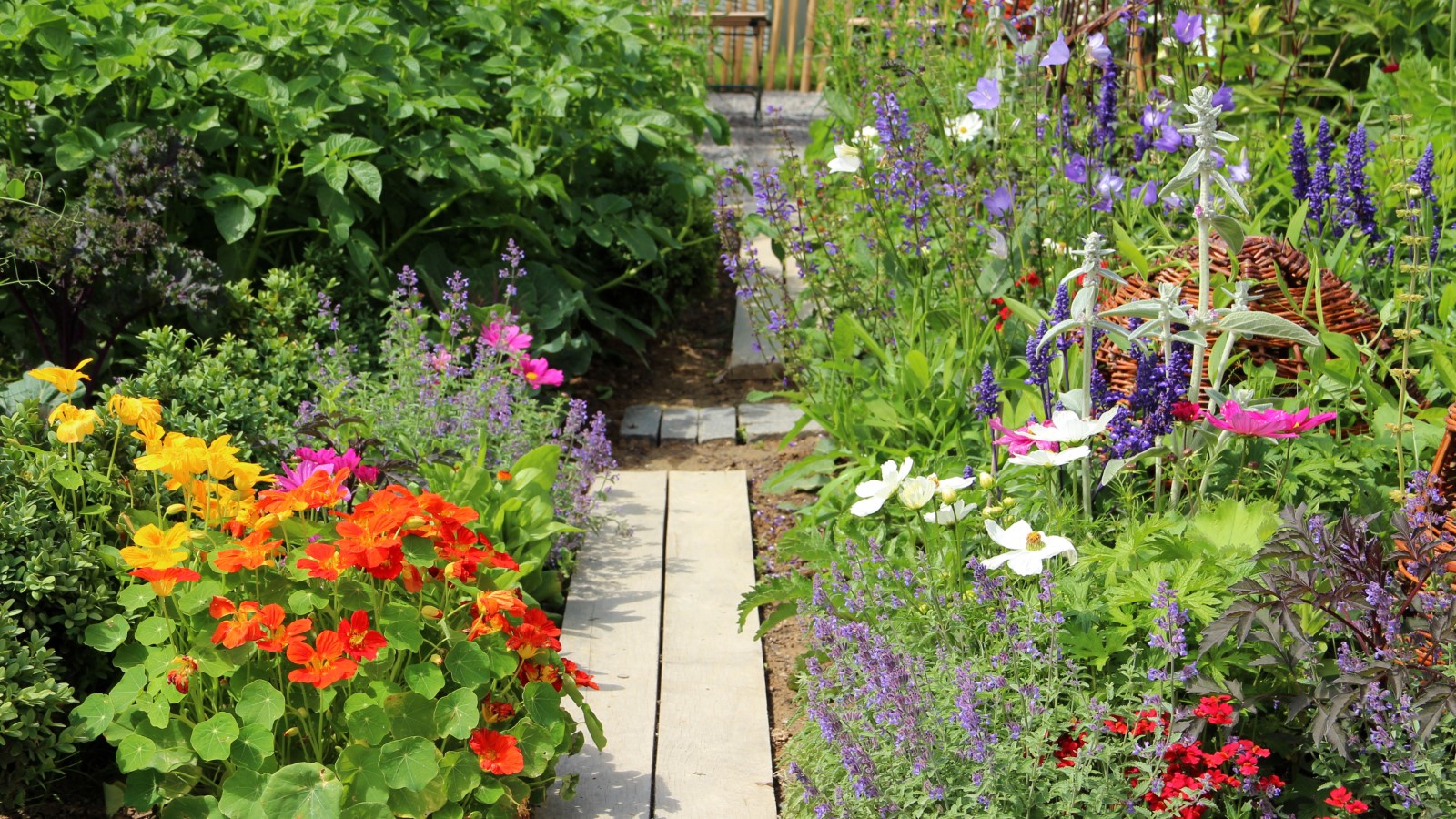
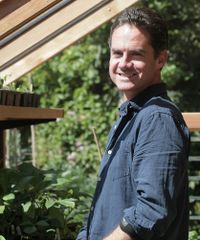
With mounting interest in grow your own, it is perhaps no surprise that foodscaping, or edible landscaping as it is sometimes referred to, is currently right on trend. Briefly described as the concept of integrating edible plants with other ornamentals, foodscaping defies the need for a separate vegetable patch.
Not too dissimilar from a traditional French kitchen garden or potager, foodscaping is all about mixing beauty and function. To discover how foodscaping is tipped to trend next year, we contacted some experts in their field for their opinions and advice on how to use foodscaping in a front or backyard.
Foodscaping uses plants and flowers that are both attractive and edible, known as edimentals. Available in a wide range of colors and forms, the list of edimentals is extensive and includes perennials, shrubs and trees.
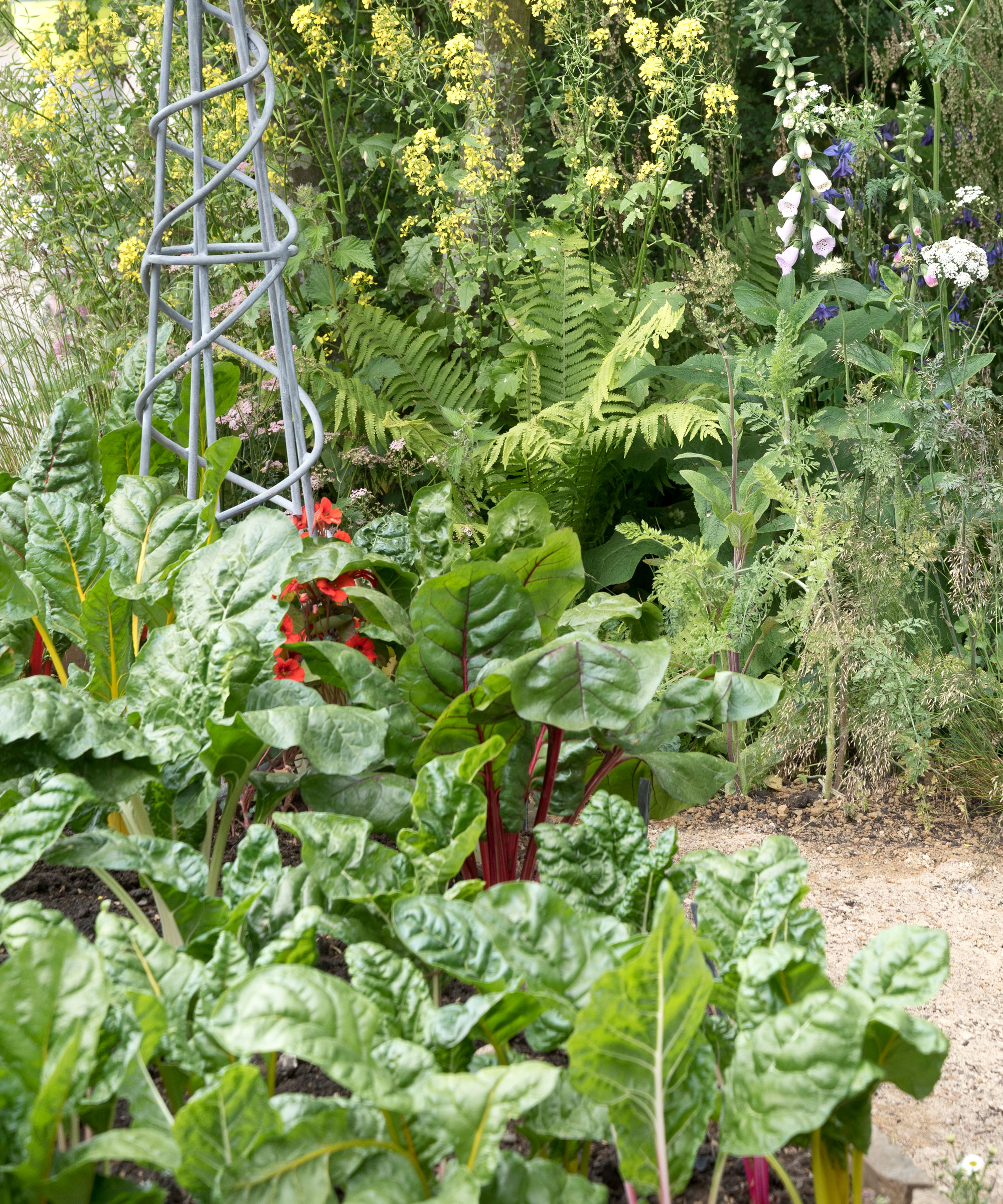
Foodscaping trends to integrate in your garden
Foodscaping isn't just about aesthetics and productivity, as it has several other advantages going for it. From increasing biodiversity to reducing food miles, potential pesticide uses and even food packaging, foodscaping can help lower your household's overall carbon footprint.
As Michele Chambliss, garden designer at Perennial Garden Consultants LLC, says: 'The advantage of foodscaping is that we are more or less using the same resources as we would for a strictly ornamental garden, but when plants are useful as well as pretty, we are getting more from those resources.'
Read on to find out how you can integrate these trending foodscaping practices into your own backyard.
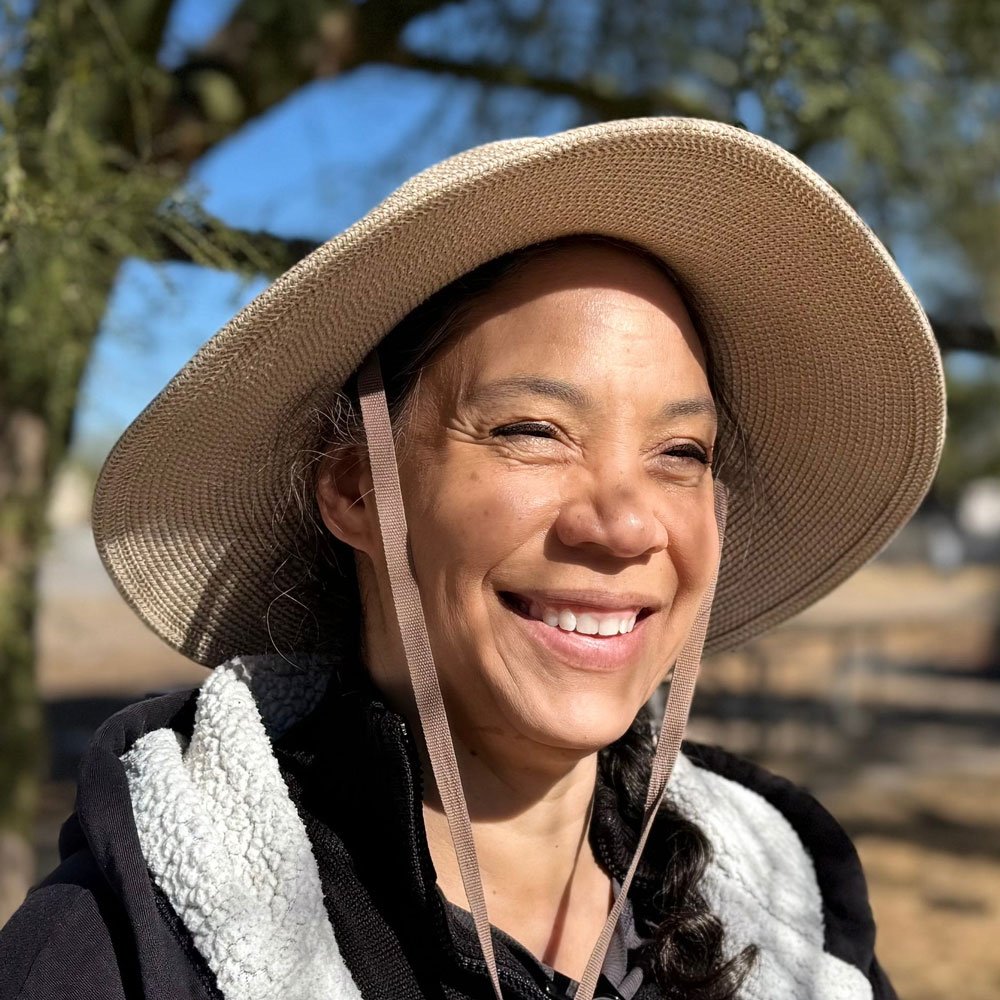
An American Society for Horticultural Science (ASHS) Certified Horticulturist and 8x Best of Houzz award winner, Michele brings over 20 years of gardening and professional horticultural experience to garden design and consulting in the Las Vegas Valley. She is the author of 'Designing with the Desert: A Thoughtful Approach to Desert Garden Design.
A stunning and productive border
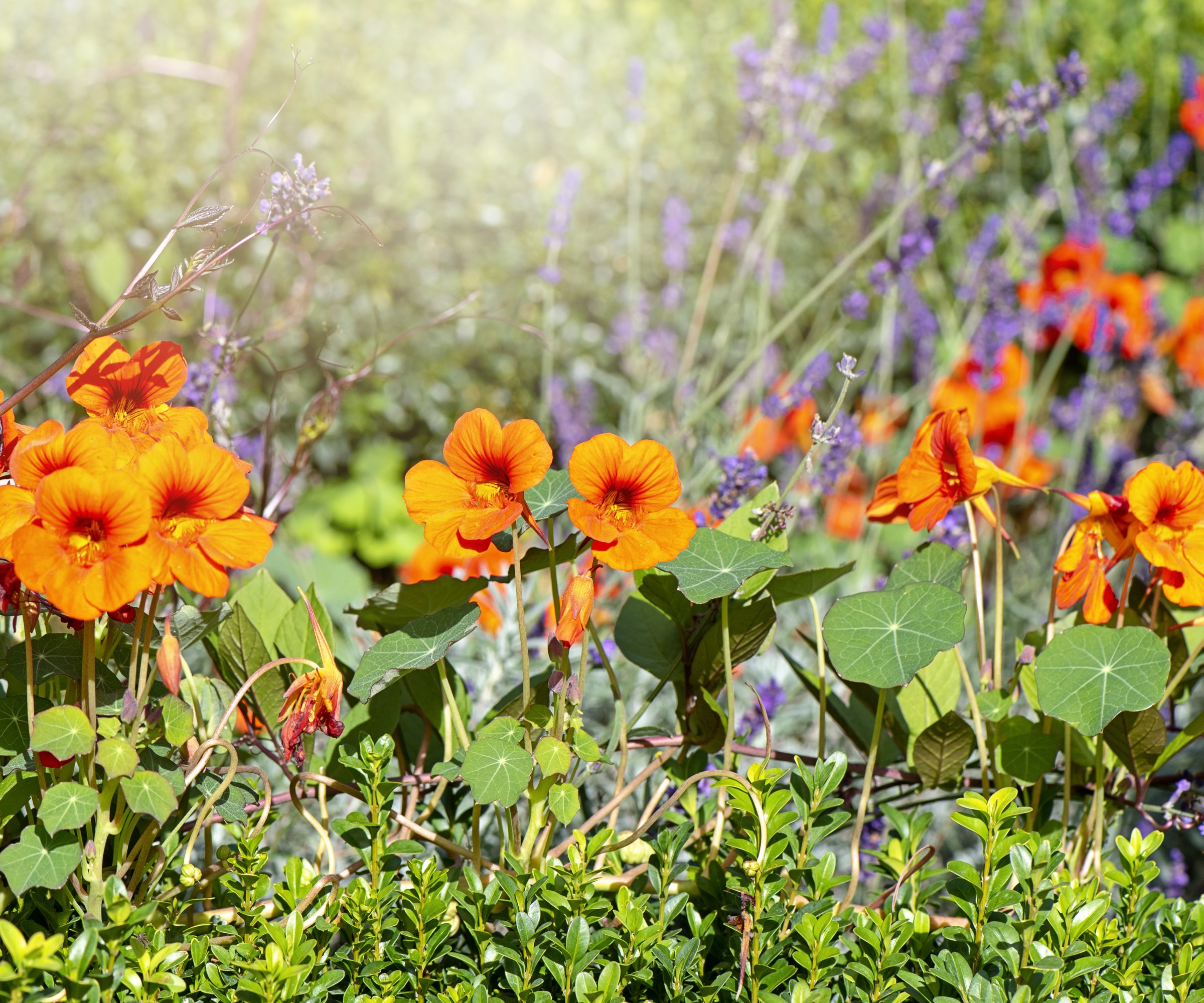
When talking about an ornamental border, it is generally safe to say that the plants included are specifically grown for their visual appearance. However, it can be surprising to find out that certain parts of several flowering plants grown as ornamentals, such as roses (Rosa) and nasturtiums (Tropaeolum), are considered edible as well.
Design expertise in your inbox – from inspiring decorating ideas and beautiful celebrity homes to practical gardening advice and shopping round-ups.
Foodscaping takes this idea further and defies the notion that plants grown purely for consumption should be grown away from a bed or border and in a dedicated vegetable patch.
However, if you are concerned that including edible crops in your border might be unsightly or out of place, there are many edibles to choose from that not only taste great but look beautiful as well. As a kitchen gardener, I am always astounded by how intricate and appealing some vegetable and fruit plants can be.
If you are after flowering plants for culinary uses to grow in your borders, you could try pot marigolds (Calendula officinalis) or English lavender (Lavandula angustifolia). But when it comes to color and form, the brightly colored stems of some chard (Beta vulgaris subsp. cicla) varieties, architectural heads of artichokes (Cynara scolymus), vibrant stalks of rhubarb (Rheum x hybridum) and lush kale foliage (Brassica oleracea Acephala Group) can be a great addition to a traditional border and the kitchen pot.
However, with climate change, water scarcity in some areas and a continued interest in drought-tolerant planting, now might also be a good time to include some water-wise edimentals.
In support of this, Nevada-based Michele recommends: 'Instead of a limitation, it is a great opportunity to look at plants that sustained the native peoples in our region for millennia rather than thirsty 'traditional' plants. Indian fig, Opuntia ficus-indica, is a wonderful prickly pear that is beautiful in dry gardens and bears edible fruit. Plus, the pads can be cooked and eaten as nopales.'
Nevertheless, adapting what we grow is not just for warmer states, as Michele notes: 'I think foodscaping will have to evolve to consider climate change in every region around the globe.
'Here in the desert, the stone fruits that produced fairly reliably even 10 years ago in many cases now struggle. We have to remain flexible and open to new opportunities if we want our landscapes to produce food going forward.'
With the term foodscaping sounding potentially complicated and off-putting, growing a few edimentals amongst other ornamentals is a gentle step into the overall concept and one that we can expect to see more of next year.
Edible plants as intentional landscape design elements
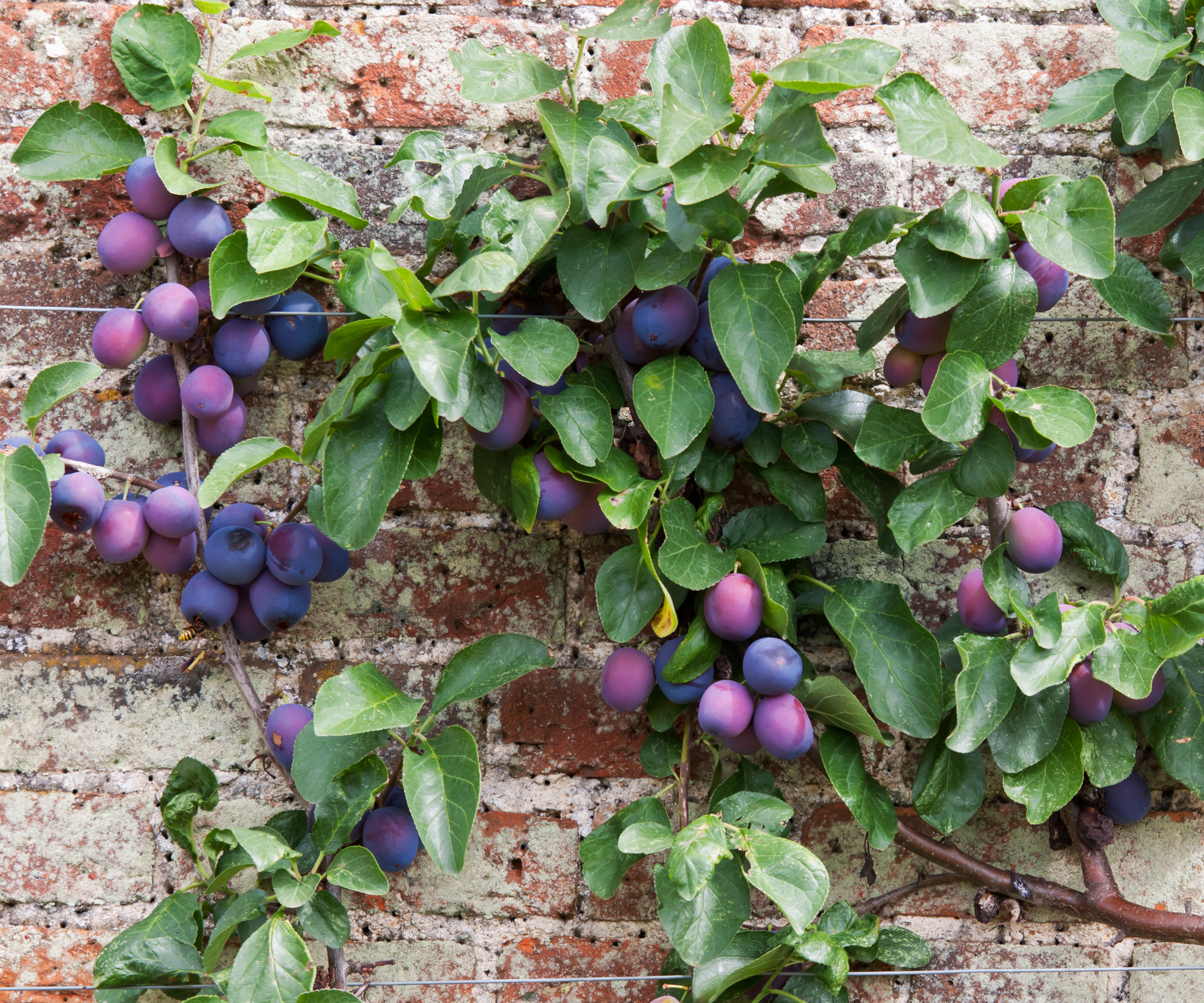
Another advantage of foodscaping is that, through growing your own food, you are reducing the overall food miles of the produce you consume and, in turn, lowering your grocery bill.
However, edimentals can also be used for their function and aesthetics as well as being a food source. Matt Lebon, founder of Custom Foodscapes, says 'edible plants can be used as intentional landscape design elements' so it can be a case of 'out with the boxwoods and in with the blueberries'.
When it comes to planting up a garden, many of the trees, shrubs and plants used are to serve a purpose such as screening a view, creating a border, forming a boundary, or zoning off areas of a backyard. But what if the specimens chosen could provide a healthy and delicious crop as well as serve a design purpose?
Swapping commonly grown ornamental trees, shrubs and plants with fruiting varieties is a great first step, as most substitutes are easy to obtain.
For example, if you want a productive small tree for your backyard, you are not just limited to an apple (Malus domestica) or a pear (Pyrus communis); instead, you could try growing an American hazelnut (Corylus americana) for its flavorsome and antioxidant-rich nuts or a crab apple (Malus) to make jelly with, such as this Profusion Crabapple Tree available from Planting Tree.
When it comes to boundary planting, hedging plants are often sought to provide privacy, security and shelter from the wind or traffic, but these too can be a food source and not just for the local wildlife.
With edible hedge plants widely available, you can choose from an Elder (Sambucus) for its berries to cook with, smaller mulberry varieties (Morus) for their juicy fruits and dog roses (Rosa canina) for their petals and hips, once the hairs and seeds are removed.
Or, if you require something smaller and you garden on ericaceous soil, why not grow a blueberry (Vaccinium) such as this Patriot Blueberry Plant available from Burpee for its early crop of delicious fruit.
For smaller plants, the options for something edible rather than purely ornamental are endless. Herbs are a great place to start and often have a medicinal benefit as well. If you have an empty pot or a gap at the front of a border, you could grow chives (Allium schoenoprasum) or marjoram (Origanum), instead of something purely decorative.
Moreover, I have found that including some edible plants in the border of the community wellness garden I currently manage has been a great learning opportunity. Passers-by often stop to say that they admire the yellow and pink chard stems and purple kale growing amongst the flowers and that foodscaping is something they might try at home.
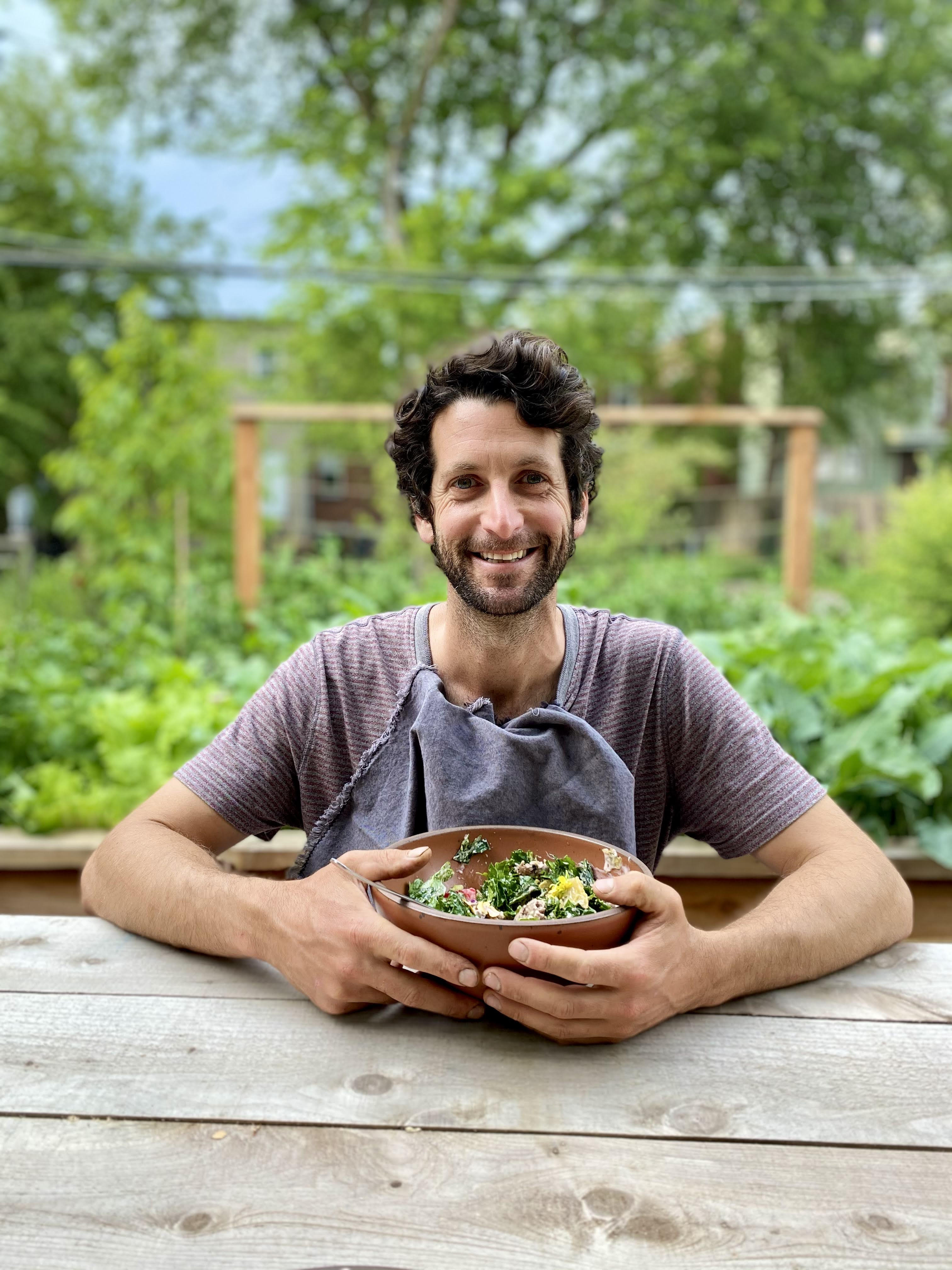
Matt is a practitioner and designer of edible landscapes and gardens at Custom Foodscapes. Matt is most passionate about creating magical food moments and is driven by the belief that food connects us all. By cultivating food crops with a reverence for Mother Earth he believes we can begin to heal our bodies and the land.
Boosting biodiversity through foodscaping
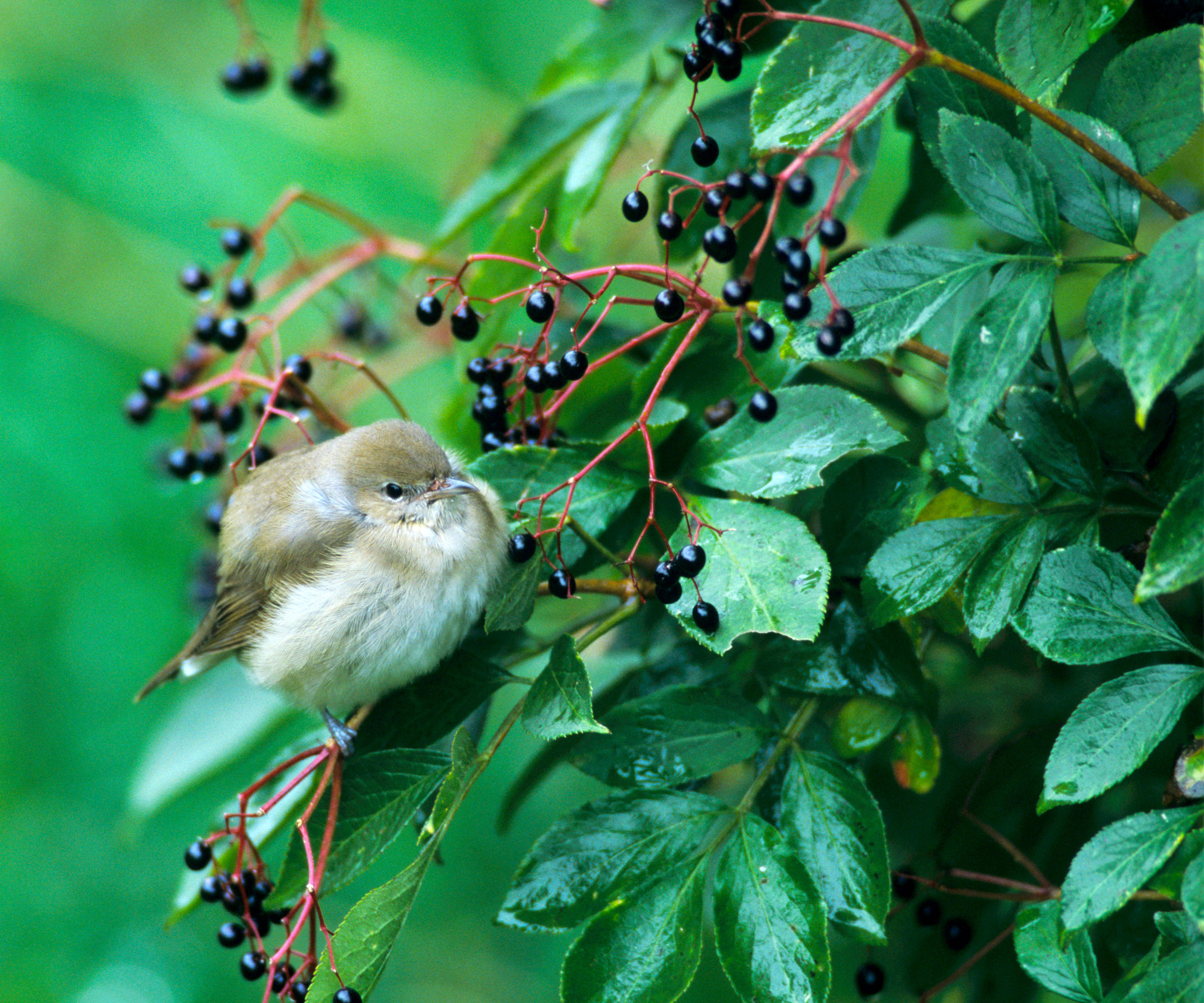
With the natural world changing around us, gardeners are looking to make their front and backyards more sustainable and incorporating a variety of edibles into a garden is one way of doing this.
Foodscaping is certainly becoming more popular, and this is set to continue into 2026.
'We are doing more foodscaping than ever,’ says Matt. 'People seek it as they realize that grass and ornamentals don't support pollinators, the planet, or provide homegrown food. With foodscaping, we can do right by Mother Nature and grow the most delicious food right in our yards.'
He adds: 'In 2026 I see us moving beyond individual residential projects and working more with developers to foodscape entire neighborhoods and campuses.'
Further to the advantages of growing your own food reducing food miles and packaging, foodscaping is also a great way of boosting biodiversity and attracting wildlife into your local area. On a domestic level, and in line with front yard trends for 2026, I expect to see lawn sizes diminish and borders enlarged so more foodscaping can be factored into home gardens.
By including a variety of edimental annuals and perennials in your garden rather than monoculture planting, you are creating a more diverse habitat for pollinators and beneficial insects. In addition, through planting a selection of different fruiting trees and shrubs, you are providing vital shelter, nesting opportunities and food sources for birds and other small mammals.
As a community garden manager, I take great delight in teaching and enabling others to grow vegetables and herbs and the benefits this brings. But how do you grow your own if you do not have access to a community garden or a backyard?
Thankfully, you can grow edibles surprisingly well in even just a few containers. So even if you only have access to a patio, porch or a balcony, you can still grow tasty and nutritious food, as you can see in our 12 best vegetables to grow in pots.
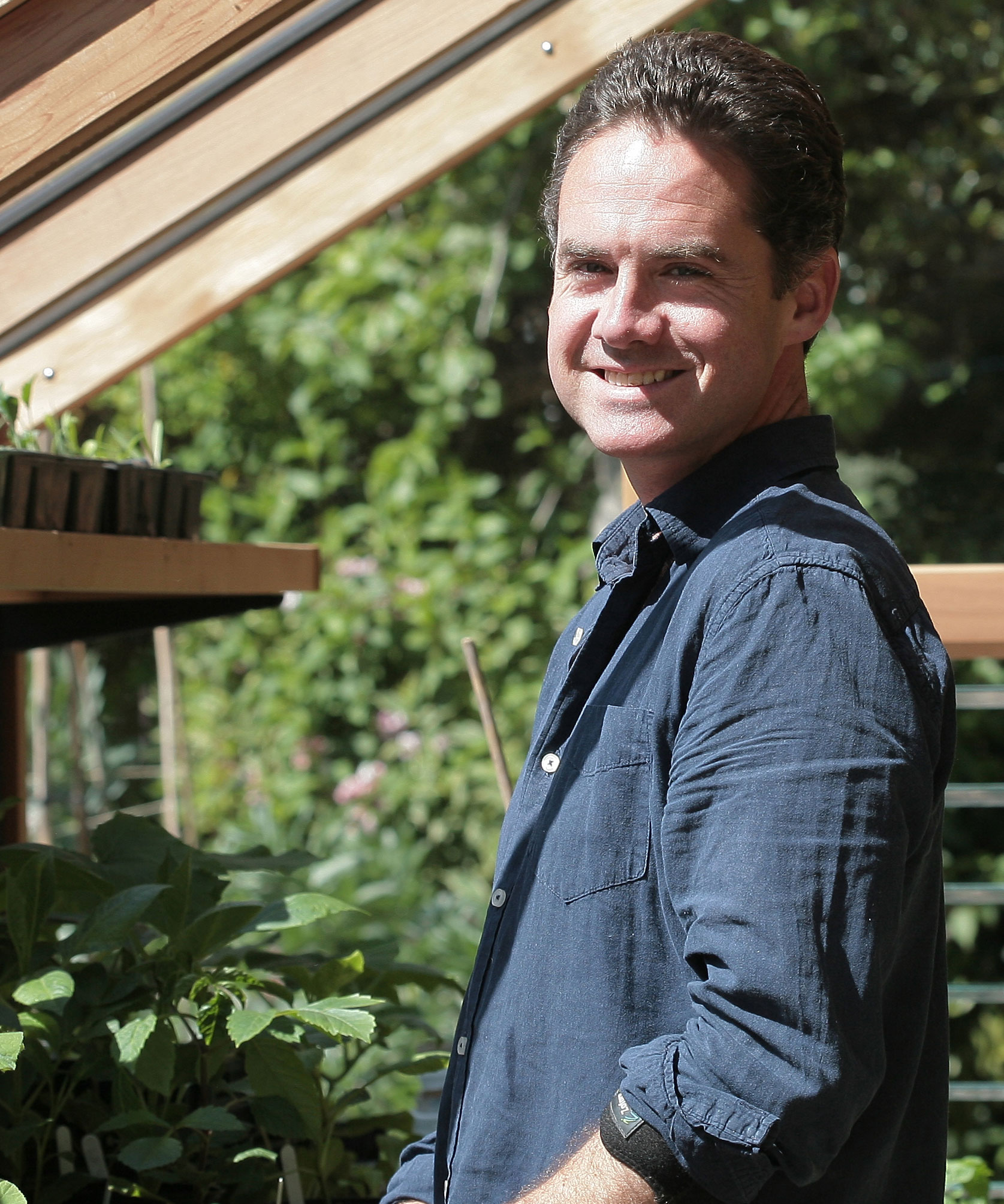
Edward Bowring is a horticultural therapist and writer with a passion for gardening and the health benefits that it has to offer. With a background in occupational therapy, Edward worked within health care settings where he witnessed first-hand the healing power of gardening and has managed and run therapeutic kitchen and community gardens ever since.